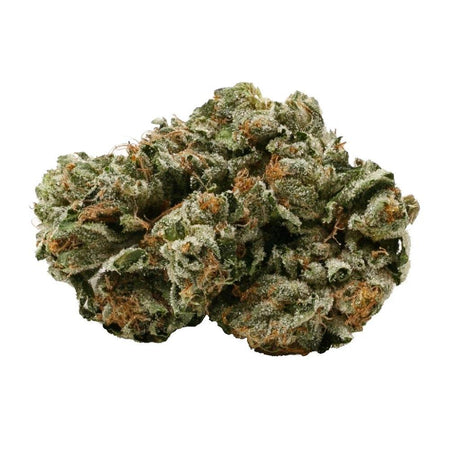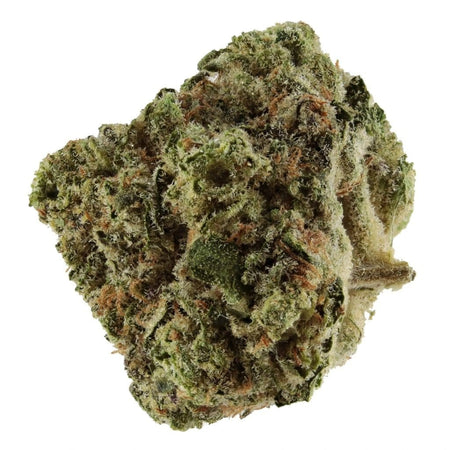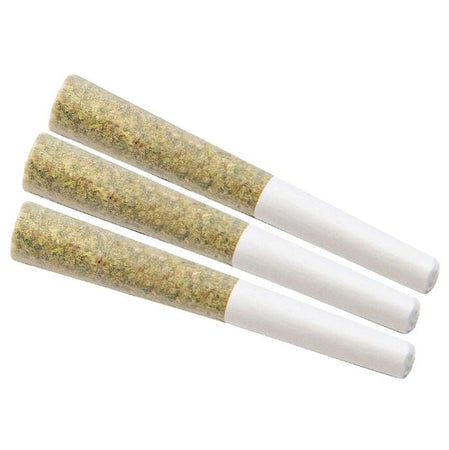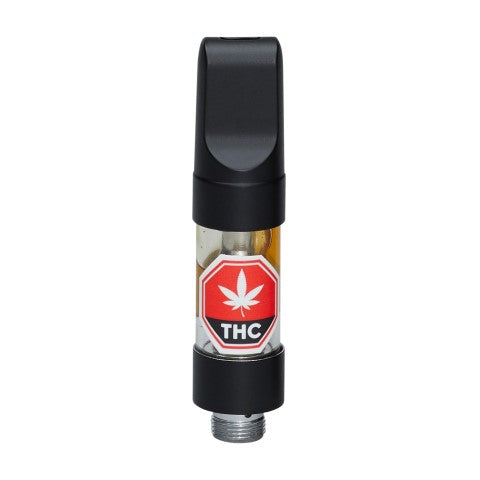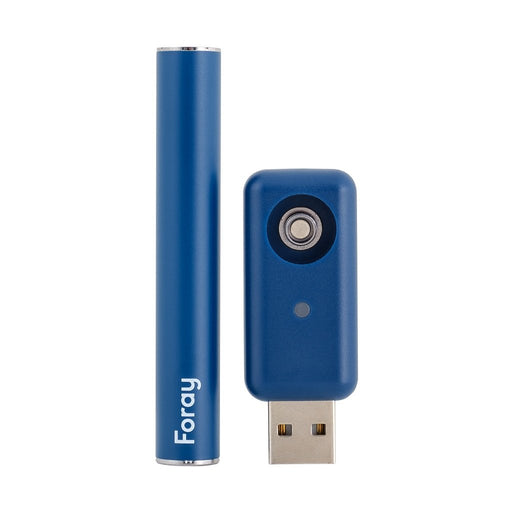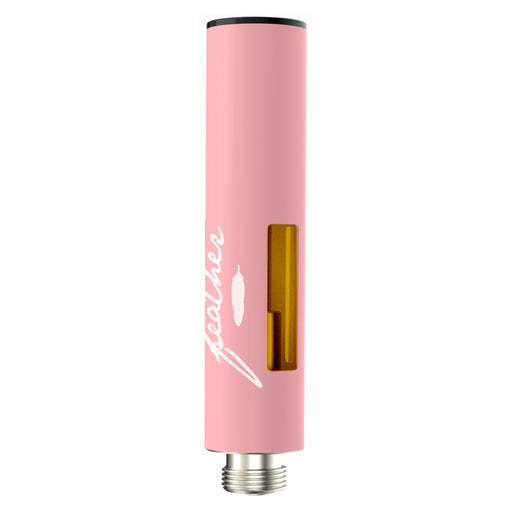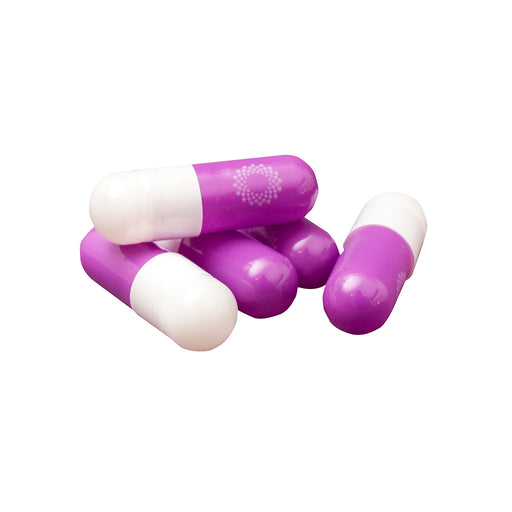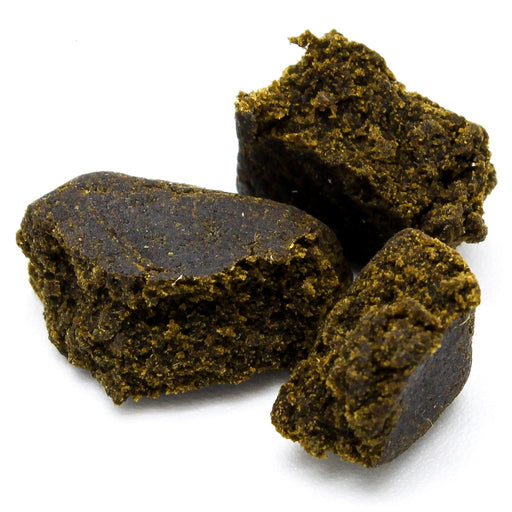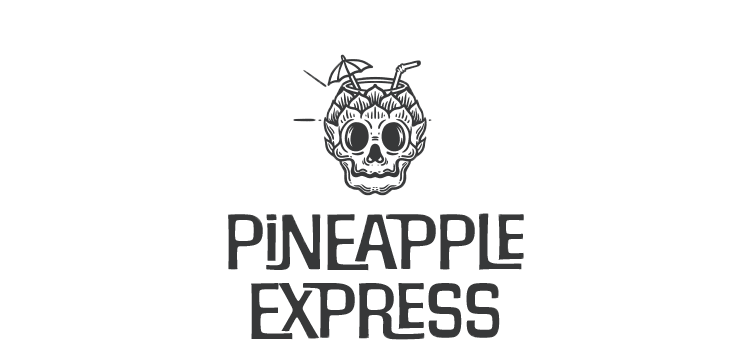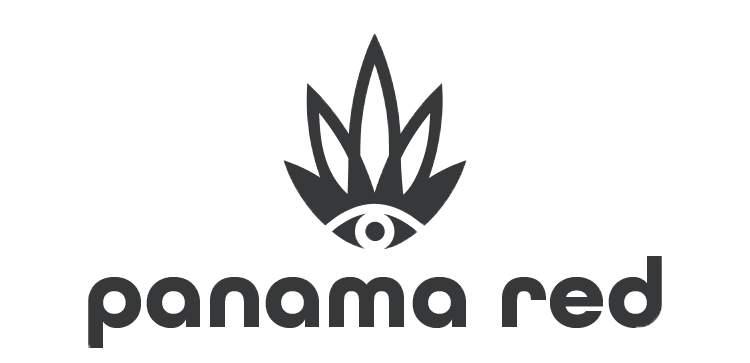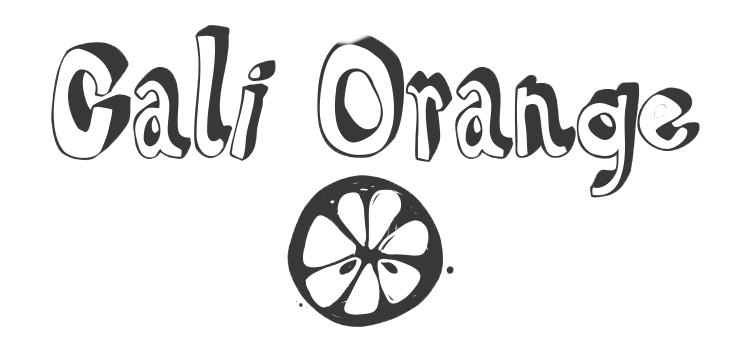The Science Behind Magic Mushrooms and Mental Health
Magic mushrooms, primarily known for their psychoactive compound psilocybin, have garnered renewed interest in recent years for their potential therapeutic applications, especially in mental health treatment. Historically, indigenous cultures have utilized these mushrooms for spiritual and healing purposes for centuries. The mid-20th century saw a surge in scientific research into psychedelics, but regulatory restrictions in the 1970s halted progress. Recent decades, however, have witnessed a resurgence, with modern studies exploring their efficacy in treating various mental health disorders.
Psilocybin’s therapeutic potential lies in its interaction with the brain’s serotonin receptors, particularly the 5-HT2A receptor. Upon ingestion, psilocybin is metabolized into psilocin, which then binds to these receptors, leading to altered perceptions and mood. This receptor activation is hypothesized to promote neuroplasticity, the brain’s ability to reorganize itself by forming new neural connections. Such changes can facilitate the breaking of negative thought patterns commonly seen in conditions like depression and anxiety.
Clinical trials have shown promising results. For example, a 2016 study by Johns Hopkins University found that a single high dose of psilocybin significantly reduced symptoms of depression and anxiety in patients with life-threatening cancer. Similarly, a 2020 study published in JAMA Psychiatry reported that psilocybin-assisted therapy resulted in rapid and sustained reductions in major depressive disorder symptoms. These studies suggest that psilocybin could offer a novel treatment approach, particularly for individuals who have not responded to traditional therapies.
However, it is crucial to acknowledge potential risks. Psilocybin can cause acute psychological effects, including hallucinations and intense emotional experiences, which may not be suitable for all individuals. Furthermore, there is a risk of adverse reactions in those with a predisposition to psychosis. As such, the therapeutic use of psilocybin should be conducted under controlled, clinical settings with professional supervision to mitigate these risks.
In summary, while the research on psilocybin and mental health is still evolving, the existing evidence underscores its potential as a powerful tool in the treatment of various mental health disorders. Ongoing and future studies will be essential in fully understanding its benefits and limitations, ultimately guiding its integration into mainstream therapeutic practices.
The Therapeutic Process: How Magic Mushrooms Are Used in Treatment
Psychedelic-assisted therapy using magic mushrooms, primarily psilocybin, is gaining traction as a novel approach to treating mental health disorders. The process begins with thorough preparation, where the therapist and patient engage in multiple sessions to build trust, discuss treatment goals, and set expectations. The importance of “set and setting” is paramount in ensuring a positive therapeutic outcome. The ‘set’ refers to the patient’s mindset, while the ‘setting’ encompasses the physical and social environment where the therapy takes place. Both factors are meticulously managed to create a safe and supportive space.
During a psilocybin-assisted therapy session, the patient ingests a carefully measured dose of psilocybin under the supervision of a trained therapist. The setting is often a comfortable, quiet room designed to minimize distractions and promote relaxation. The therapist’s role is to guide the patient through the experience, offering support and reassurance as needed. The therapeutic process can vary, with some approaches focusing on psycholytic therapy, which uses lower doses of psilocybin to facilitate talk therapy, and others employing psychedelic therapy, which utilizes higher doses to induce profound, transformative experiences.
Integration sessions follow the psychedelic experience, where the patient and therapist work together to process and make sense of the insights gained. These sessions are crucial for translating the psychedelic experience into meaningful, long-term changes in mental health. Patient testimonials often highlight the profound impact of these sessions. For instance, one patient described how psilocybin therapy helped them confront and resolve deep-seated trauma, leading to lasting emotional relief and improved well-being. Another case study illustrated a significant reduction in symptoms of depression and anxiety after several sessions of psilocybin-assisted therapy.
The legal and regulatory landscape surrounding psilocybin therapy is evolving. While psilocybin remains a controlled substance in many regions, recent changes in legislation and ongoing clinical trials are paving the way for its potential therapeutic use. For example, the U.S. Food and Drug Administration (FDA) has granted “Breakthrough Therapy” designation to psilocybin for the treatment of depression, highlighting its promise as a transformative mental health treatment. However, debates continue over safety, ethical considerations, and the need for further research to establish standardized protocols.
